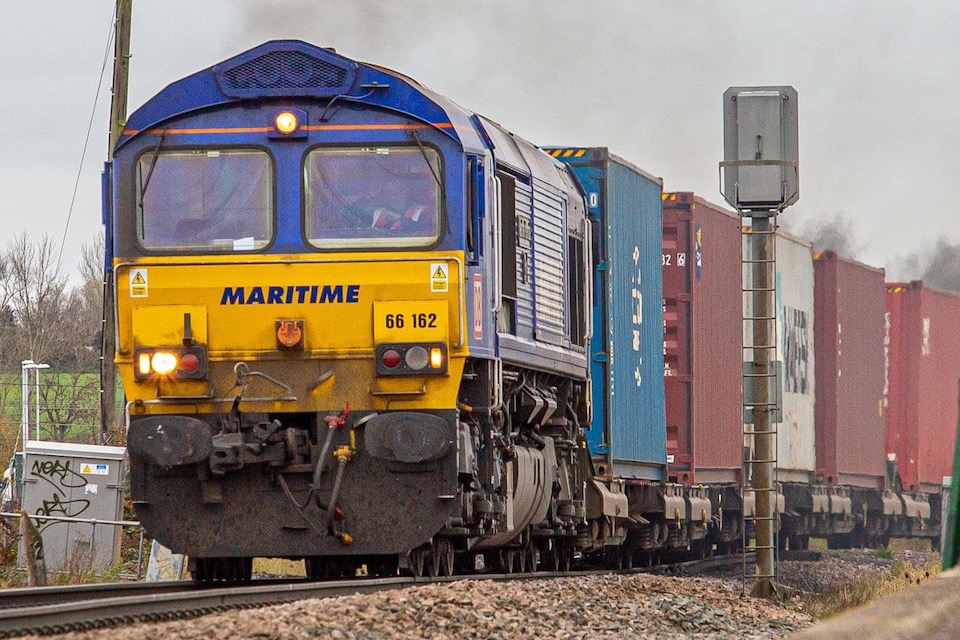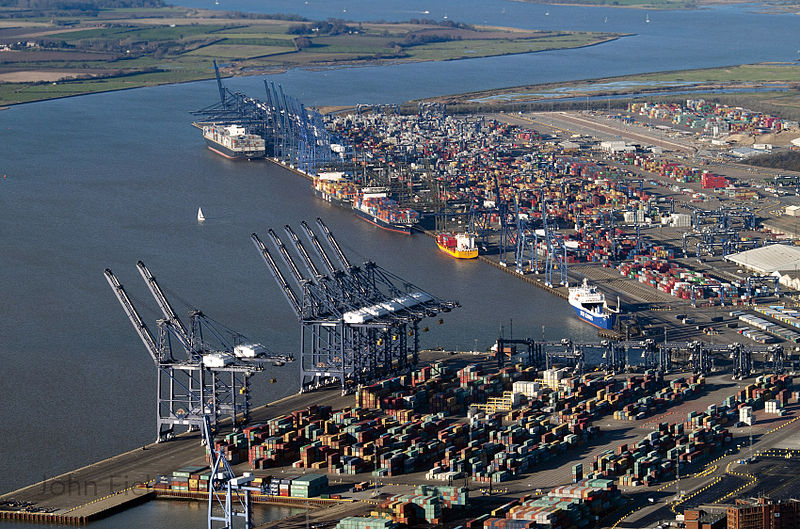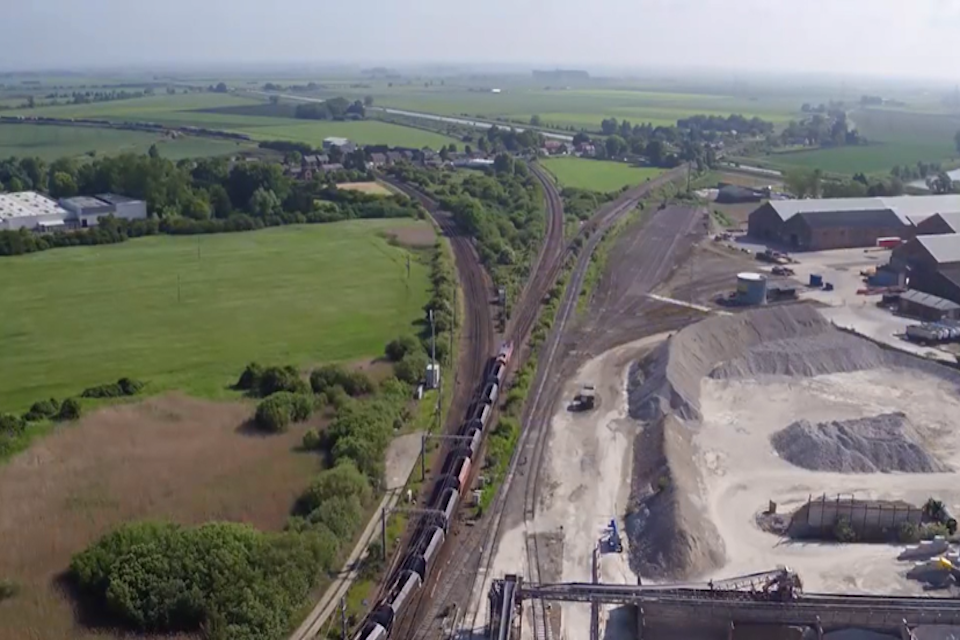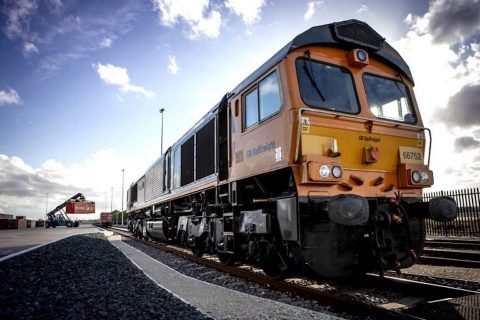East of England rail investment failing freight and passenger

Transport East, a partnership promoting infrastructure improvements in the region, has set out the clear need for rail investment to the UK Government. The presentation is timely, this being the week of the UK budget speech. There may not be much in the way of cash to splash, but there’s no harm in asking. The partnership would argue that there would be plenty harm in not asking, as the region is falling behind in investment terms. They say it’s not all booming in this picturesque corner of England.
Rail investment in the East is not keeping pace with the economic, social and environmental needs of the region according to the State of Rail in the East report. The Minister for Rail, Huw Merriman, heard this message clearly from political and business leaders from across the East at a recent event in the UK Parliament in London. According to Transport East, it is the first time that a full review of the rail network in the region has been completed. It forms the first phase in developing a comprehensive plan to transform the region’s rail network for both passengers and freight services.
East to west connectivity a problem
The State of Rail in the East report sets out the key challenges for the East’s rail network, as identified by the Transport East group. It makes for a lengthy shopping list. The group point to several matters, poor connections between east and west have been brought up as a primary issue. The group particularly noted the routes between Norwich/Ipswich and Cambridge/Peterborough. They cite slow journey times, particularly in comparison to other national main lines – although it may be difficult to argue that this was an issue for the spine services out of London.

A common issue, evident here and in other regions, is poor frequencies for passenger services, especially on branch lines serving smaller communities and to Stansted. “Planned infrastructure improvements to speed up journeys, increase frequency and enhance rail freight capacity are all waiting confirmation of government funding to progress”, says the report, noting that capacity constraints often make it difficult to increase frequencies, or introduce new services, such as light logistics traffic.
Stable pipeline of investment needed
There is a lack of connections between major towns and cities, say the campaign group in their report. They say some growing communities are not served at all by rail, and give the example of Haverhill, just south east of Cambridge with a population of around thirty thousand. There is restricted capacity for freight trains, argue the campaigners, who would find no argument from the majority of readers here. They say, quite obviously, that contributes to increasing the numbers of heavy goods vehicles on the region’s roads.
“The East is a growing region and we want to grow sustainably”, said Kevin Bentley, a local government elected representative, and the chair of Transport East. “We need a stable pipeline of rail investment in the East to get people and goods off our congested roads, connect our growing places, energise our coastal and rural communities, unblock our international gateways and meet our net zero transport commitments”, he said.
Bang the drum for rail
There are grand plans for infrastructure schemes in the region, including the impressive Ely upgrade. The group however, says there are currently there are only two funded schemes in the rail investment pipeline benefitting the region, and both are new stations – one each serving expanding parts of Chelmsford and Cambridge. The group dos not overlook that the main passenger train operator has benefitted from a new fleet.

“The railway network is crucial to the economic success of the East, connecting people to jobs, education, leisure and tourism, and important services”, said Giles Watling, a local member of parliament and the chair of the Great Eastern Main Line Taskforce. “Whilst we welcome the new trains on the Great Eastern Main Line, sadly we have not seen the same commitment to the railway infrastructure, especially at the Haughley and Ely junctions, resulting in slow and infrequent services. This is the reason why I continue to bang the drum for rail investment in the East.”
The report, published in collaboration with Steer, is available now.





Quality first, then quantity!
After shift to “On Demand” and “JIT”, now, when all other modes, those redundant (robust), are upgrading – for added load and lower costs – a not redundant railway infrastructure, already is a devastating “bottleneck”, at supply chains.
(“Optimal maintenance”, current mantra and big business, is a symptom of a railway, that has “missed the train”.)
Standard, “investments”, may be has got a technical life, but economical life length is low, or zero – and “cementing”.
The fragmented nature of the railway industry makes chasing traffic difficult, and unless the “big” railway actively seeks traffic to exploit what spare capacity already exists, then I fear that once the procurment and infrastructure is in place then any potential traffic may have already gone elsewhere.